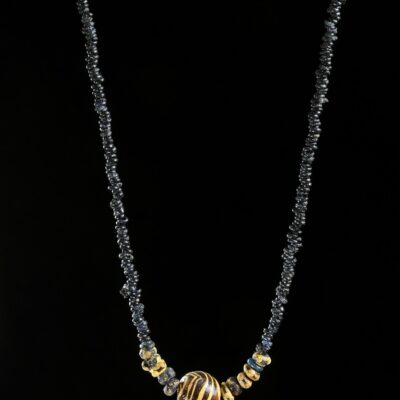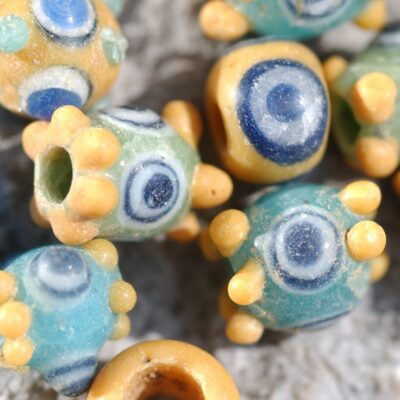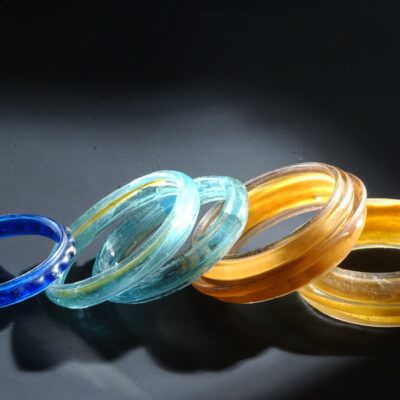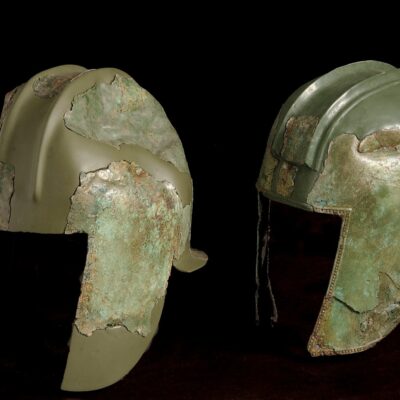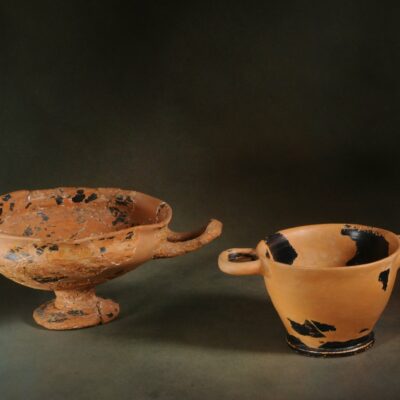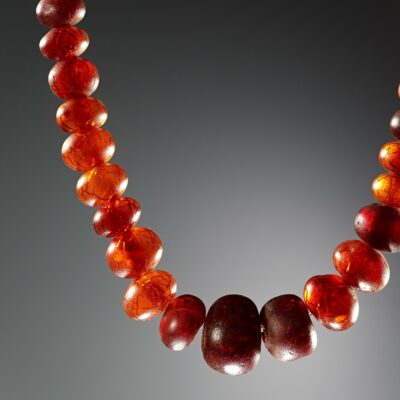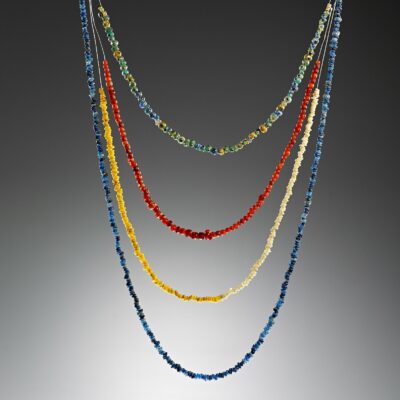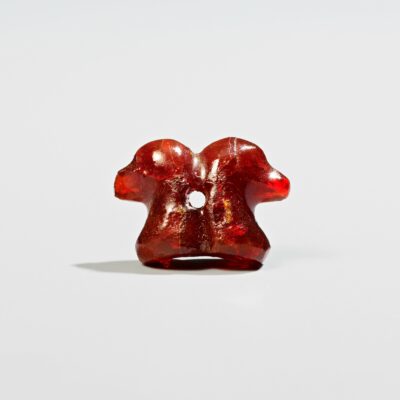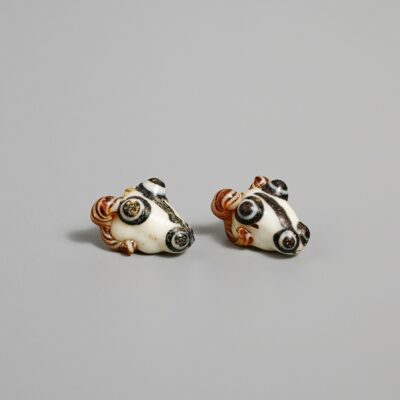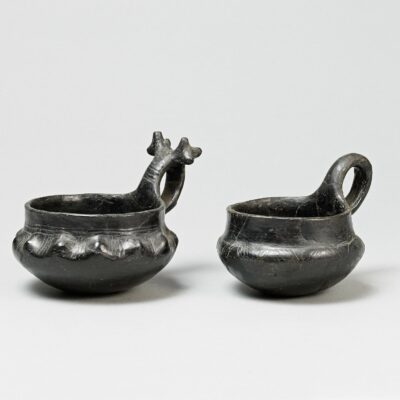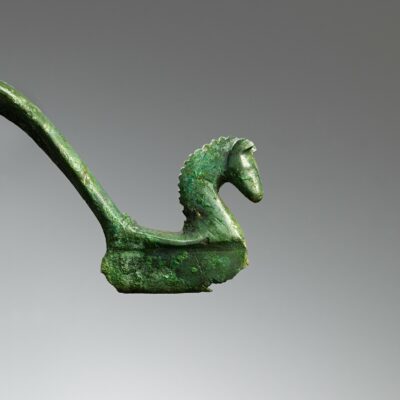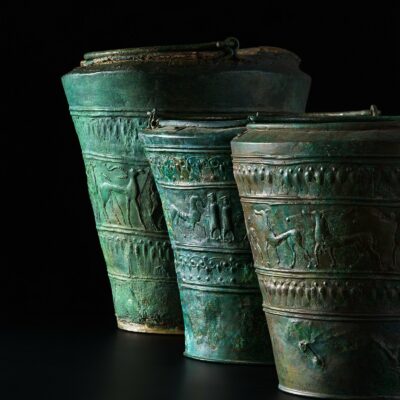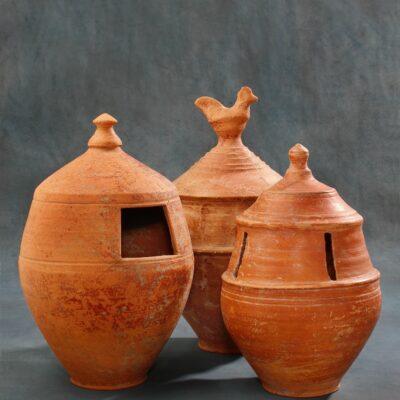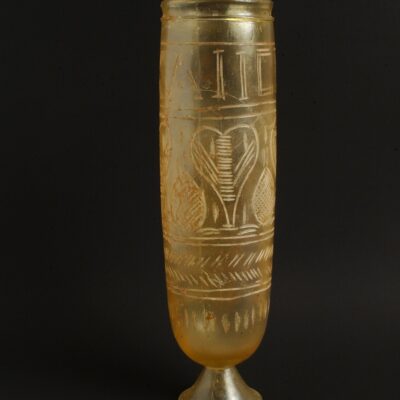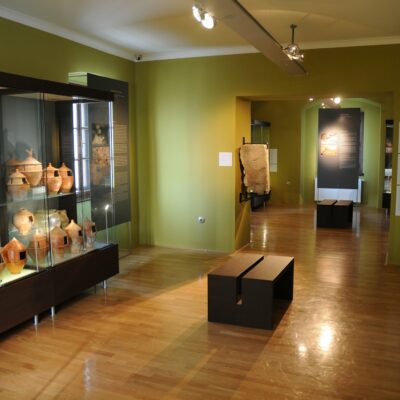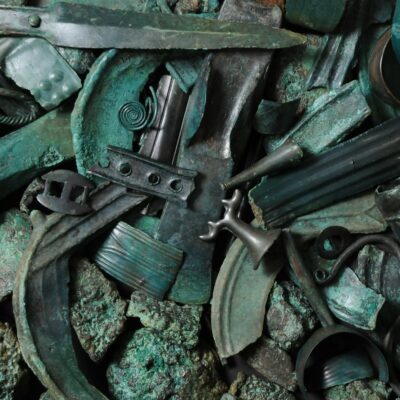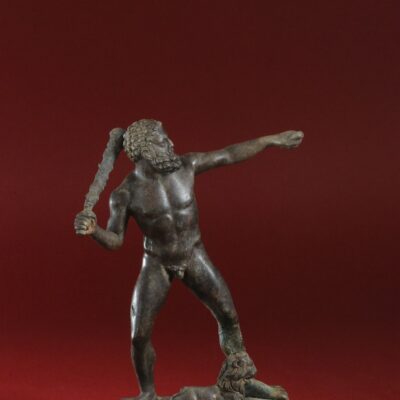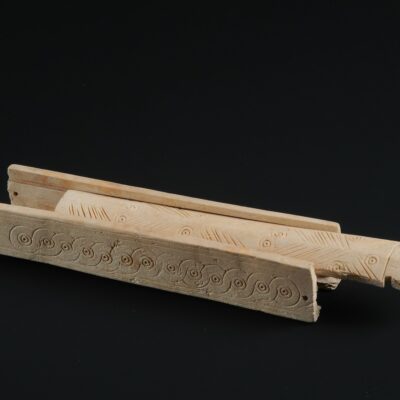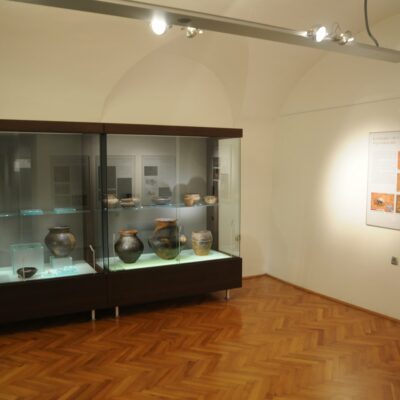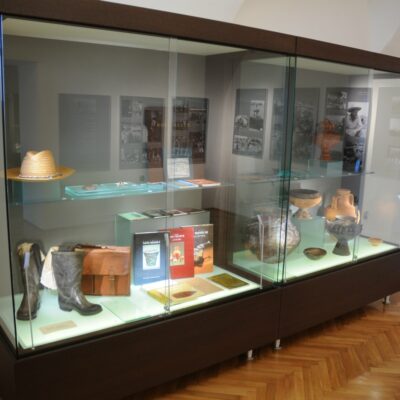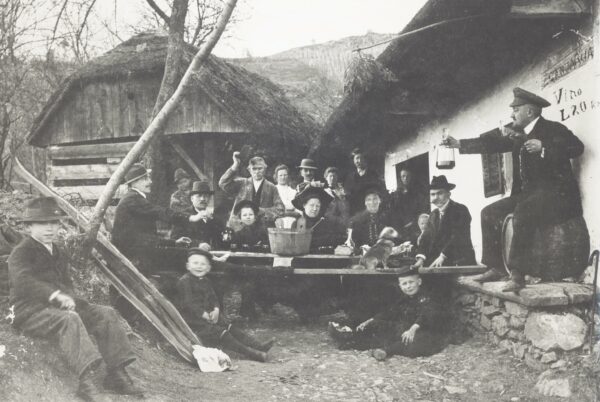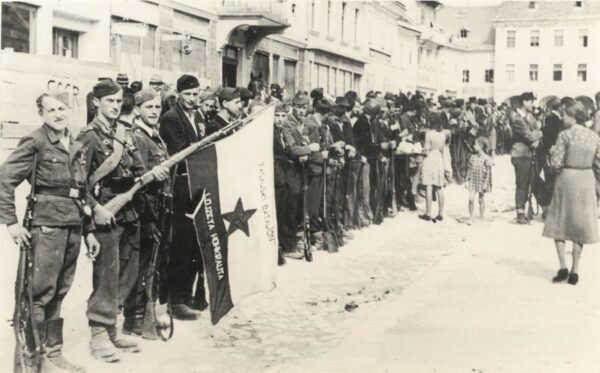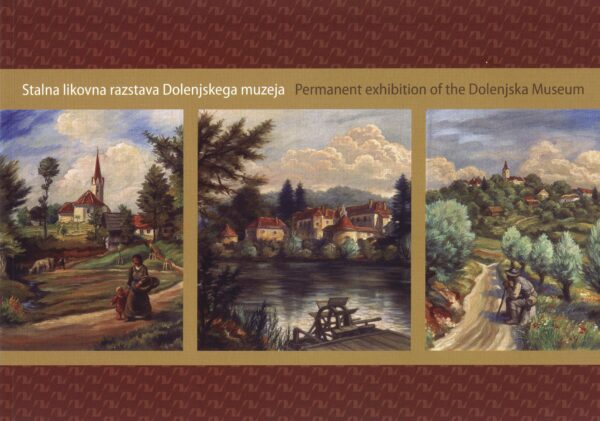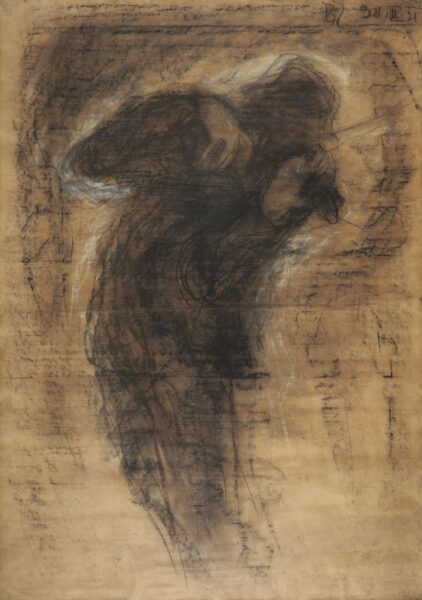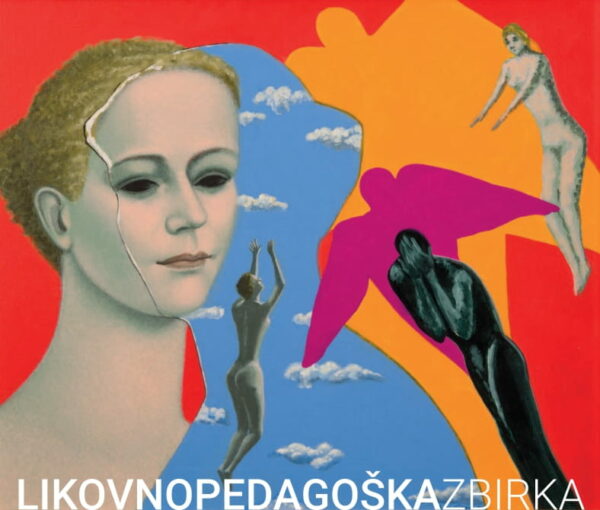- Location: Križatija
- 360 degree view
The first permanent archaeological exhibition was set up by the Museum of Dolenjska staff in 1953. The exhibited artefacts had been borrowed. The exhibition was several times moved to a different location within the museum, and new exhibits were being added to it. In 1983, Tone Knez set up the first permanent archaeological exhibition that consisted entirely of the museum’s own material, collected in numerous intensive archaeological investigations throughout Dolenjska, but above all in Novo mesto. Even at the opening, the exhibition area was already too small for all the artefacts on display. The majority of the material remained stored in the depots. Since 2008, after several years of efforts and following the renovation of the Križatija building, visitors have been able to see a new archaeological exhibition, authored by Borut Križ with coworkers.
The Archaeological Image of Dolenjska exhibition is located on the ground and first floors of the Križatija building. It presents life in the area of Dolenjska during archaeological periods, from the first instances of occasional human presence in the Stone Age, all the way to the end of the Early Middle Ages, when the area was continuously populated. In addition to the originals kept by the Museum of Dolenjska, the exhibition features a few copies of archaeological artefacts from Dolenjska that are kept in the National Museum of Slovenia and the Kunsthistorisches Museum in Vienna.
The exhibits represent merely a few percent of all archaeological material kept in the Museum of Dolenjska. The exhibition is supplemented by illustrations created by painter Jože Kumer, maps, photos, explanatory boards, and a computer presentation.
For the first time, the introductory part of the exhibition features an overview of the natural heritage of Dolenjska, including the main rock types and fossils. It was made by Andreja Petrič Škedelj from the Novo mesto Regional Unit of the Institute of the Republic of Slovenia for Nature Conservation. The exhibition is accompanied by a guide and an extensive catalogue featuring all the exhibits and their descriptions.
The archaeological heritage of Dolenjska is outstandingly rich. The most common are sites from the Early Iron Age (8th – 4th century BC), when the region reached its peak. Dolenjska is rich in iron ore, which was smelted and made into iron artefacts, and the region joined the European trade currents. The central part of the exhibition with three exhibition rooms is dedicated to this period.
The Archaeological Image of Dolenjska exhibition features many well made, significant and attractive archaeological artefacts. Among the most outstanding are bronze figurally decorated situlae, which were discovered at the Kandija and Kapiteljska njiva sites in Novo mesto. In addition to amber and bronze jewellery, numerous multi-coloured glass beads were discovered.
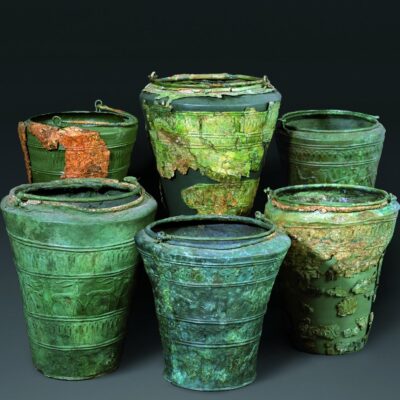
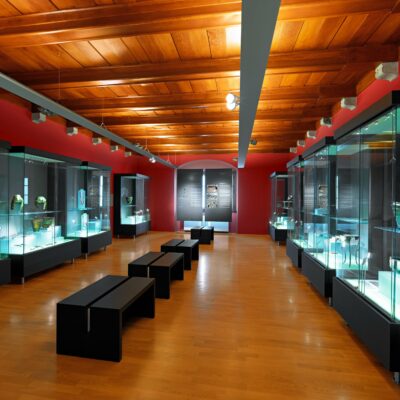
The multitude of bronze and iron weapons, with bronze helmets and a bronze armour as the most prominent among them, show how rich the equipment of important men of the Early Iron Age was. Another prominent artefact is a Late Iron Age two handled pottery vessel – kantharos – decorated with two human masks and animal heads.
The rich archaeological material displayed in the permanent exhibition illuminates our knowledge about the life in the wider Dolenjska region from the prehistoric times to the Early Middle Ages. The archaeological material from the Early Iron Age can be counted among the most important specimens of cultural heritage on the European scale.
Knez’s Room
An exhibition room within the frame of our permanent archaeological exhibition is named Knez’s Room. Its function is to host smaller temporary exhibitions presenting new findings, the results of the ongoing archaeological field investigations in Dolenjska, and the newly restored archaeological artefacts, together with the results of their analyses.
